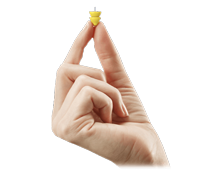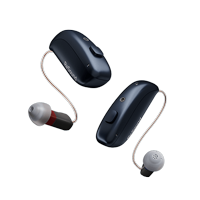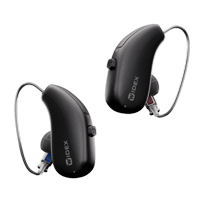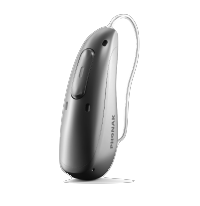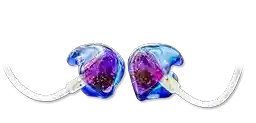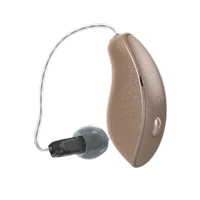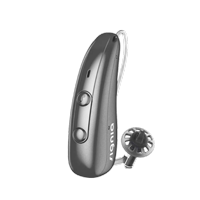The Hearing Professional’s Guide to Earwax Management: Safe Cleaning Practices for Optimal Hearing Health
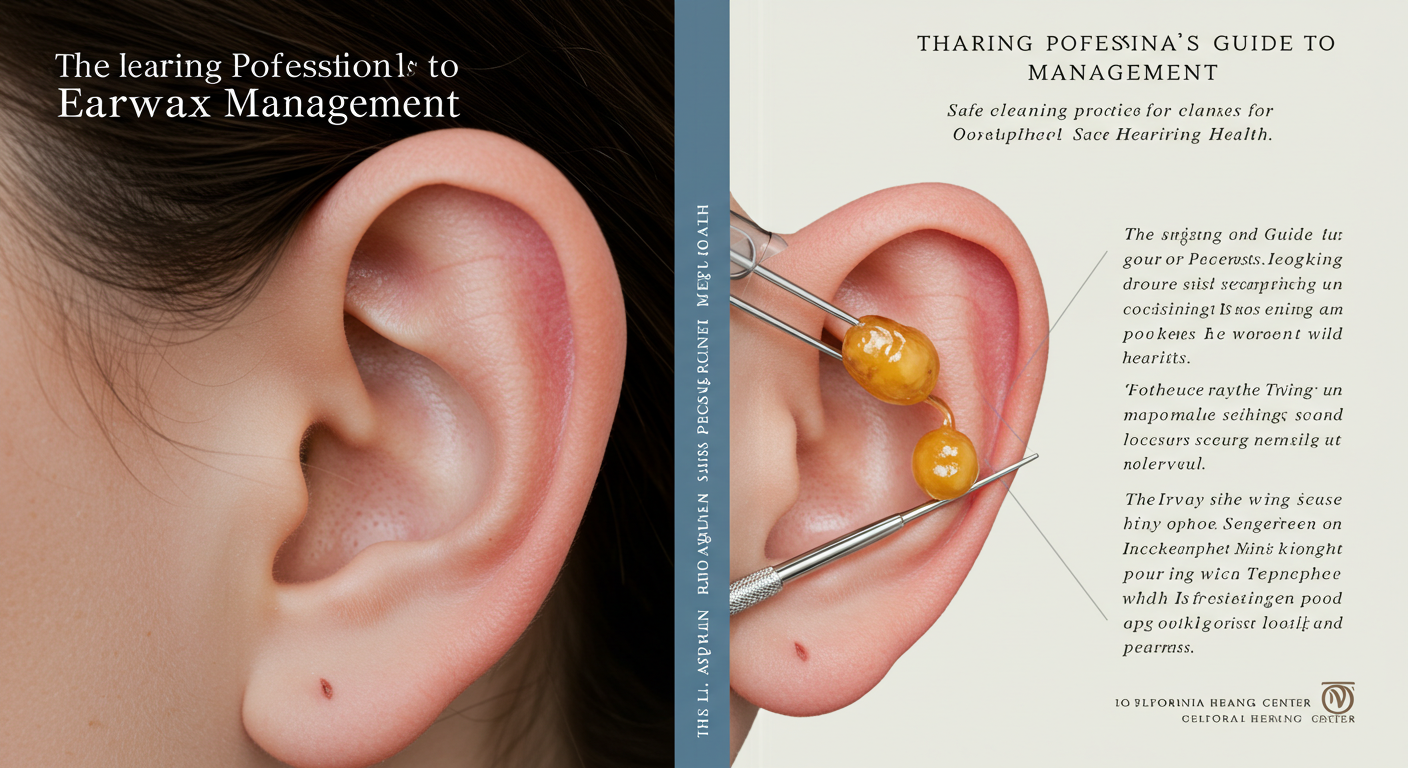
As hearing healthcare professionals, we regularly encounter patients concerned about earwax buildup, especially those who wear hearing aids. While many attempt to clean their ears at home—often using potentially harmful methods—proper earwax management is essential for maintaining hearing health and ensuring optimal hearing aid performance. This comprehensive guide explains what earwax is, why it’s important, when it becomes problematic, and how to safely manage it at home and when to seek professional help.
Understanding Earwax: Your Ear’s Natural Protector
Earwax, medically known as cerumen, is not a sign of poor hygiene but rather a natural and beneficial substance produced by your ears. It serves several important functions: cleaning, lubricating, and protecting your ear canal by trapping dirt and slowing the growth of bacteria. In fact, earwax has both anti-fungal and anti-bacterial properties that help keep your ears healthy, according to research from the Johns Hopkins Medicine.
For many people, earwax is a self-regulating system. It naturally moves from inside the ear canal outward, gathering dead skin cells, hair, and dirt along the way. The natural migration of earwax is aided by jaw movements when you talk or chew, which helps propel the secretions through the canal to the ear opening, where they dry up and harmlessly flake off. This process, detailed by the Healthy Hearing Foundation, is your body’s natural ear-cleaning mechanism.
When Earwax Becomes a Problem
While earwax is beneficial, excessive buildup can cause issues, especially for hearing aid users. If you wear hearing aids, have had ear surgery, or regularly use cotton swabs or other objects in your ears, you may experience earwax buildup. This accumulation can lead to several problems:
- Temporary hearing loss
- Ear pain or discomfort
- Tinnitus (ringing in the ears)
- Itchiness in the ear canal
- Odor or discharge
- Feeling of fullness in the ear
- Dizziness
According to a study published in the American Family Physician, earwax blockages affect between 60% and 70% of hearing aids sent in for repair, as wax gets into vents and receivers, and the acidity degrades components. This represents a significant maintenance issue for hearing aid users.
Safe Ear Cleaning Methods for Hearing Aid Users
Professional Cleaning
The safest approach to earwax removal is to see your hearing healthcare provider or an ear, nose, and throat (ENT) specialist. These professionals can look into your ear canal with a special device and remove earwax using small instruments, suction, or irrigation methods. The American Academy of Otolaryngology-Head and Neck Surgery provides guidelines on when professional intervention is necessary.
For hearing aid users, we recommend scheduling professional cleanings every six months, or more frequently if you’re prone to wax buildup. During these appointments, your provider can also check your hearing aid function and clean the devices properly.
Home Management Techniques
If your healthcare provider confirms you can safely perform earwax management at home, here are some approved methods:
1. Over-the-Counter Ear Drops
Your healthcare provider may recommend earwax-softening agents such as saline, mineral oil, or olive oil to help loosen wax so it can exit the ear more naturally. These are typically applied a few times a week to prevent buildup. The Mayo Clinic offers guidance on the safe use of these products.
2. Gentle Irrigation
Irrigating your ear canal can reduce the risk of earwax impaction. This involves using a rubber bulb syringe to squirt warm water or a saline solution into the ear canal. When the solution drains out, it also flushes out loose earwax.
Important safety tips for irrigation:
- Always use body-temperature water (cold water can cause dizziness)
- Use earwax-softening drops before irrigation for better results
- Never perform irrigation if you have a perforated eardrum or ear tubes
- Stop immediately if you experience pain
3. External Cleaning Only
Use a warm, damp washcloth to clean only the visible outer portion of your ear. This is often sufficient for regular maintenance. Remember that the ear canal naturally cleans itself in most cases, according to researchers at UCLA Health.
What to NEVER Do When Cleaning Your Ears
Experts generally advise against removing earwax yourself using cotton swabs or other objects. These methods often push wax deeper into the ear canal, making earwax buildup worse and potentially causing serious damage to the ear canal lining or eardrum.
Other dangerous practices to avoid include:
- Ear candling/coning (can cause burns and injuries)
- Using hairpins, paper clips, or other small objects
- Applying alcohol or hydrogen peroxide without professional guidance
- Using cotton swabs inside the ear canal
The Harvard Medical School warns that these improper cleaning methods can lead to earwax impaction, ear infections, and even eardrum perforation.
Special Considerations for Hearing Aid Users
Hearing aid users face unique challenges with earwax management:
- Hearing aids block natural wax migration: Wearing hearing aids or using earplugs regularly can affect how often your ears can clean themselves naturally, causing earwax to build up.
- Daily hearing aid care: If you wear hearing aids, take them out for about 8 hours daily (typically while sleeping) to reduce earwax buildup. The Hearing Loss Association of America provides detailed guidance on hearing aid maintenance.
- Regular cleaning: Hearing aids should be cleaned daily according to manufacturer instructions, with special attention to sound outlets that can become clogged with wax.
- Wax guards: Most modern hearing aids have wax guards or filters that should be changed regularly to prevent wax from damaging the internal components.
When to See a Professional
You should consult a hearing healthcare professional immediately if you experience:
- Sudden hearing loss
- Severe ear pain
- Drainage from the ear
- Dizziness with ear fullness
- Tinnitus that suddenly worsens
- Any symptoms that don’t improve after gentle home care
Remember that medical providers can clear earwax using specialized tools designed for safe removal. If you experience ear pain, drainage, or difficulty hearing, you should see a provider for proper evaluation, as recommended by the American Speech-Language-Hearing Association.
Conclusion: Maintaining Ear Health for Better Hearing
Proper earwax management is essential for everyone, but especially critical for those with hearing aids. Rather than viewing earwax as something dirty that needs aggressive removal, understand that it plays an important protective role in ear health.
For hearing aid users, a combination of professional cleanings, proper daily device care, and gentle approved home maintenance methods creates the best strategy for managing earwax and maintaining optimal hearing health.
If you’re concerned about earwax buildup or your hearing aids aren’t performing optimally, schedule an appointment with your hearing healthcare provider. Professional evaluation is always the safest first step toward resolving earwax concerns.
Turning Life up Through Better Hearing
For over 30 years, California Hearing Center has been helping people improve their lives through better hearing. Whether you are having a conversation with your family, enjoying a meal at a restaurant, meeting with people at work, out shopping with friends, or taking a walk in the park, hearing well is an essential part in turning up the enjoyment of life.
Or call us at (650) 342-9449
This article is for informational purposes only and does not constitute medical advice. Always consult with a qualified healthcare professional about your specific situation.


